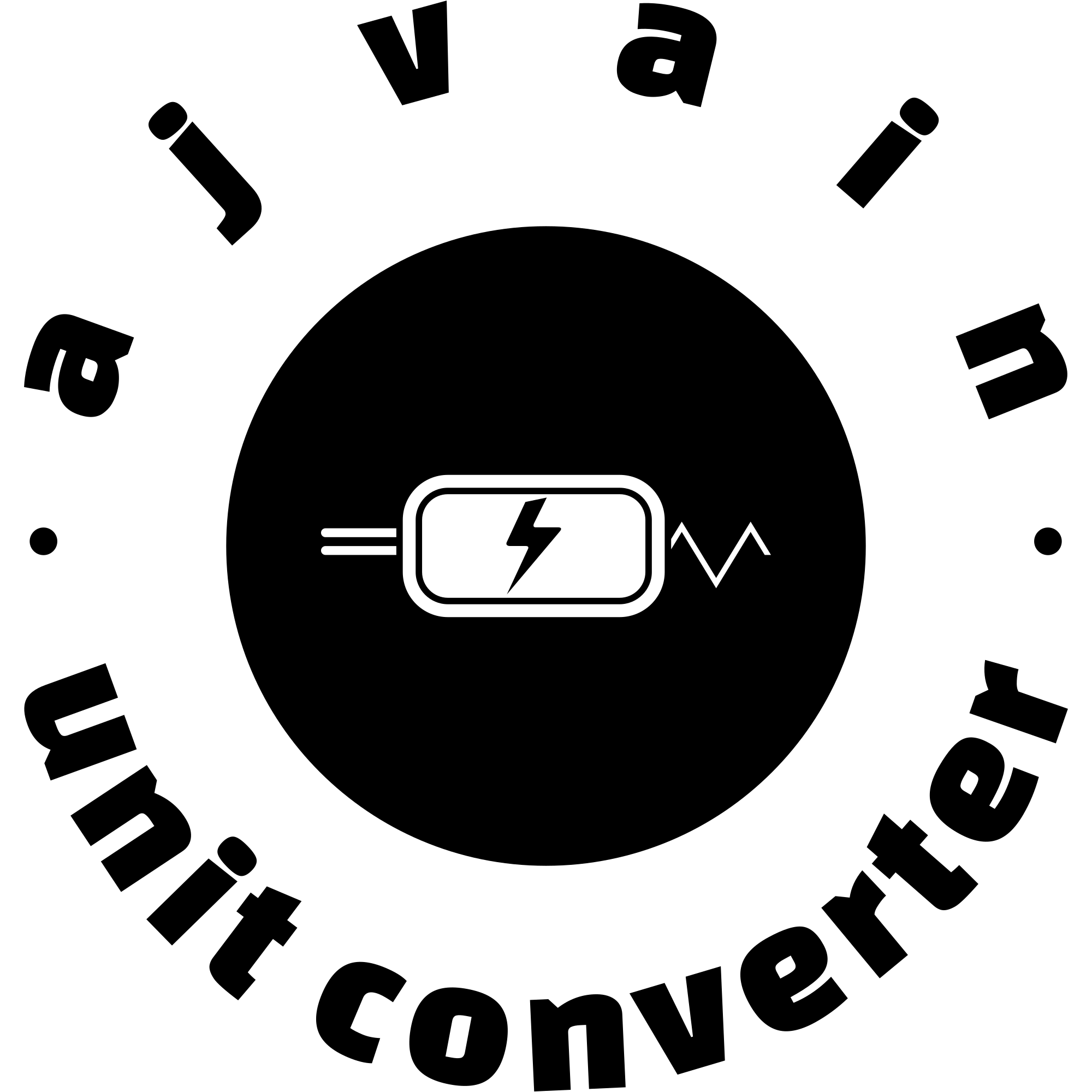Luminance Converter
Luminance Conversion Challenge
Introduction
Luminance is a critical measure in various fields such as lighting design, photography, and astronomy. It quantifies the amount of light that is emitted, transmitted, or reflected from a surface per unit area in a given direction. The Luminance Converter is a specialized tool designed to facilitate conversions between different units of luminance. This guide offers a comprehensive overview of the features and functions of the Luminance Converter, ensuring users can effectively utilize its capabilities.
Understanding Luminance Units
Before exploring the Luminance Converter, it’s essential to understand the key units of luminance it handles:
- Candela per Square Meter (cd/m²): The SI unit of luminance, representing the amount of light emitted per unit area in a specific direction. It is commonly used in display technology and lighting.
- Foot-lamberts (fL): A non-SI unit of luminance used mainly in the United States, where one foot-lambert equals one lumen per square foot per steradian.
- Nit (nt): An alternative term for candela per square meter. It is often used in the context of display screens and lighting.
- Luminance Intensity (L): Sometimes used interchangeably with luminance, though it can refer to specific contexts or applications in different fields.
Features of the Luminance Converter
- Multi-Unit Conversion: The Luminance Converter supports conversion between Candela per Square Meter (cd/m²), Foot-lamberts (fL), and Nits (nt). This feature is essential for professionals working in different regions or industries where various units are standard.
- User-Friendly Interface: The converter is designed with an intuitive interface that simplifies the conversion process. Users can easily select the source unit, input the value, and choose the target unit to receive an instant conversion result.
- Real-Time Calculation: The tool performs real-time calculations, providing immediate feedback as users input values and select units. This feature helps in quick decision-making and accuracy.
- Accuracy and Precision: The Luminance Converter is designed to handle large numbers with high precision. It ensures that even the smallest variations in luminance values are accurately reflected in the conversions.
- Conversion History: Users can access their recent conversion history, making it easy to revisit previous calculations without re-entering the data. This feature is particularly useful for ongoing projects or recurring tasks.
- Customizable Settings: The converter allows users to customize settings according to their preferences, such as choosing the number of decimal places for results. This flexibility ensures that the output meets specific needs.
- Help and Documentation: A comprehensive help section is available within the converter, providing explanations of different luminance units, their applications, and conversion formulas. This educational resource enhances user understanding and supports accurate use.
- Integration with Other Tools: The Luminance Converter can be integrated with other applications and tools, such as display calibration software or lighting design tools. This interoperability streamlines workflows and enhances productivity.
- Accessibility Features: Designed with accessibility in mind, the converter includes features like screen reader support and keyboard navigation, ensuring it is usable by individuals with various needs.
Functions of the Luminance Converter
- Candela per Square Meter to Foot-lambert Conversion: Converts luminance from Candela per Square Meter (cd/m²) to Foot-lamberts (fL) and vice versa. This conversion is useful for comparing luminance measurements across different standards. The conversion formula is:
Foot-lamberts = Candela per Square Meter × 0.29193Candela per Square Meter = Foot-lamberts × 3.426 - Candela per Square Meter to Nit Conversion: Converts luminance from Candela per Square Meter (cd/m²) to Nits (nt). Since the terms "Candela per Square Meter" and "Nits" are often used interchangeably, the conversion is straightforward:
Nits = Candela per Square MeterCandela per Square Meter = Nits - Foot-lambert to Nit Conversion: Converts luminance from Foot-lamberts (fL) to Nits (nt). This conversion is useful for standardizing measurements when working with different units:
Nits = Foot-lamberts × 3.426Foot-lamberts = Nits × 0.29193 - Nit to Candela per Square Meter Conversion: Converts luminance from Nits (nt) to Candela per Square Meter (cd/m²). As Nits is essentially another term for Candela per Square Meter, the conversion is:
Candela per Square Meter = NitsNits = Candela per Square Meter - Foot-lambert to Candela per Square Meter Conversion: Converts luminance from Foot-lamberts (fL) to Candela per Square Meter (cd/m²):
Candela per Square Meter = Foot-lamberts × 3.426Foot-lamberts = Candela per Square Meter × 0.29193
Practical Applications
- Display Calibration and Design: The Luminance Converter is invaluable for calibrating and designing display screens. Accurate conversions between units ensure that displays meet brightness and contrast specifications, providing optimal viewing experiences.
- Lighting Design: In lighting design, accurate luminance measurements are crucial for creating effective lighting schemes. The converter helps designers convert between units to meet specific requirements and standards.
- Photography and Cinematography: Photographers and cinematographers use luminance measurements to ensure proper exposure and lighting. The converter assists in converting luminance values to match equipment settings or film requirements.
- Astronomy and Research: Astronomers and researchers use luminance measurements to analyze celestial objects and phenomena. The converter supports the standardization of measurements for accurate comparisons and analyses.
- Quality Control: In manufacturing and quality control, especially in industries involving displays and lighting, the Luminance Converter ensures that products meet specified luminance standards.
- Educational Purposes: The converter serves as an educational tool for students and professionals learning about luminance measurement and conversion. It helps users understand the relationships between different units and their applications.
- Consumer Applications: For consumers involved in DIY projects or home improvement, the Luminance Converter helps in selecting appropriate lighting solutions and understanding how different types of lighting will affect their spaces.
Conclusion
The Luminance Converter is a powerful and versatile tool designed to simplify and enhance the process of converting between different units of luminance. With its user-friendly interface, real-time calculations, and comprehensive feature set, it caters to a wide range of applications, from professional display calibration to everyday consumer use. By understanding its features and functionalities, users can effectively leverage the converter to achieve accurate and efficient luminance measurements and conversions.
